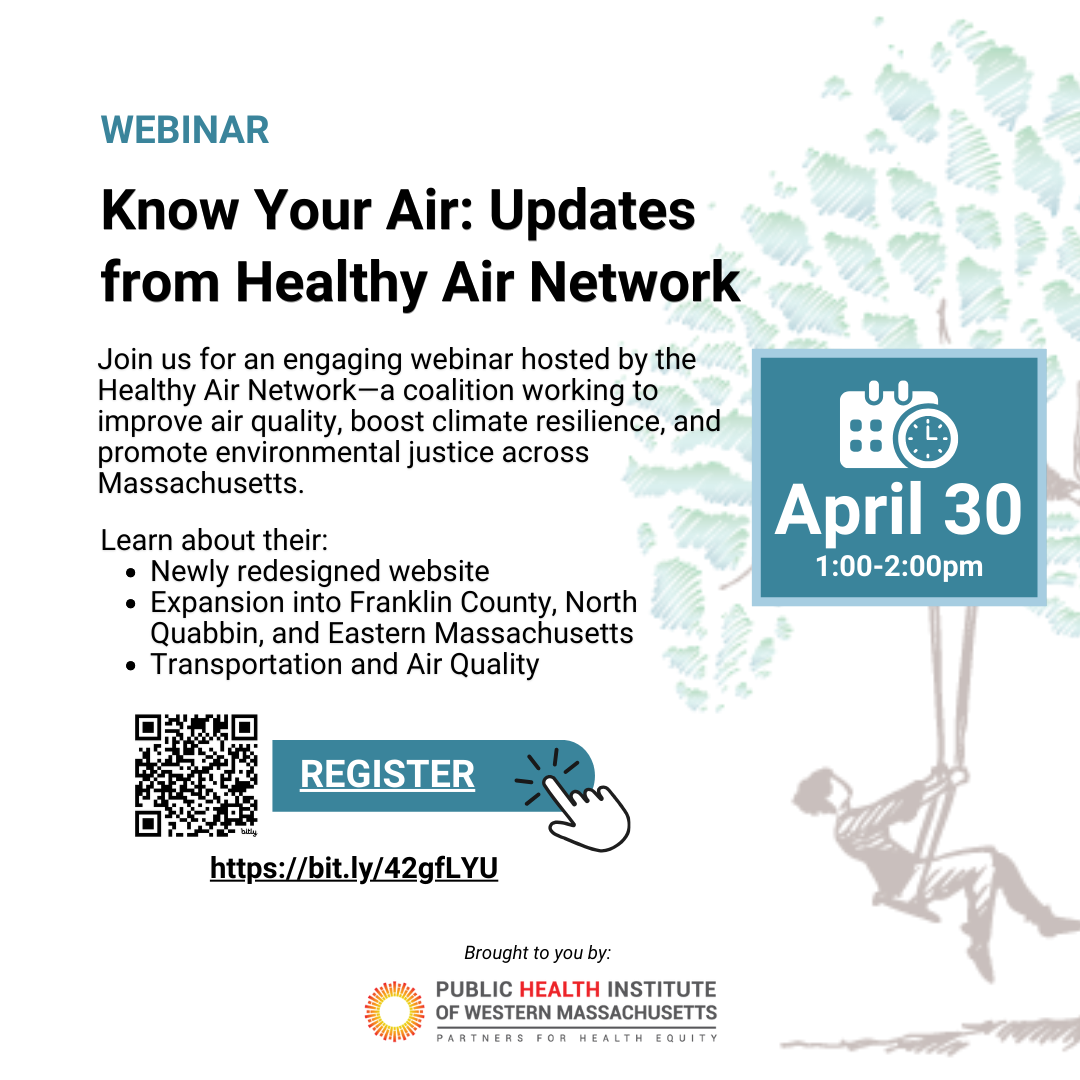Sarita Hudson and colleagues published in Science of The Total Environment

Sarita Hudson and colleagues' article, "Assessment of children's personal and land use regression model-estimated exposure to NO2 in Springfield, Massachusetts", was recently published in the journal, Science of the Total Environment.
Abstract: Ambient nitrogen dioxide (NO2) is derived from tailpipe vehicle emission and is linked with various of health outcomes. Personal exposure monitoring is crucial for accurate assessment of the associated disease risks. This study aimed to evaluate the utility of a wearable air pollutant sampler in determining the personal NO2 exposure of school children for comparison with a model-based personal exposure assessment. We employed cost-effective, wearable passive samplers to directly measure personal exposure of 25 children (aged 12–13 years) in Springfield, MA to NO2 over a five-day period in winter 2018. NO2 levels were additionally measured at 40 outdoor sites in the same region using stationary passive samplers. A land use regression (LUR) model was developed based on the ambient NO2 measures, with a good prediction performance (R2 = 0.72) using road lengths, distance to highway, and institutional land area as predictor variables. Time-weighted averages (TWA), which incorporated the time-activity patterns of participants and LUR-derived estimates in children's primary microenvironments (homes, the school and commute paths), were calculated as an indirect measure of personal NO2 exposure. Results indicated that the conventional residence-based exposure estimate approach, often used in epidemiological studies, differed from the direct personal exposure and could overestimate the personal exposure by up to 109 %. TWA improved personal NO2 exposure estimates by accounting for the time activity patterns of individuals, a difference of 5.4 % ± 34.2 % was found for exposures compared to wristband measurements. Nevertheless, the personal wristband measurements exhibited a large variability due to the potential contributions from indoor and in-vehicle NO2 sources. The findings suggest that exposure to NO2 can be highly personalized based on individual activities and contact with pollutants in specific microenvironments, reaffirming the importance of measuring personal exposure.
share this
Related Articles




